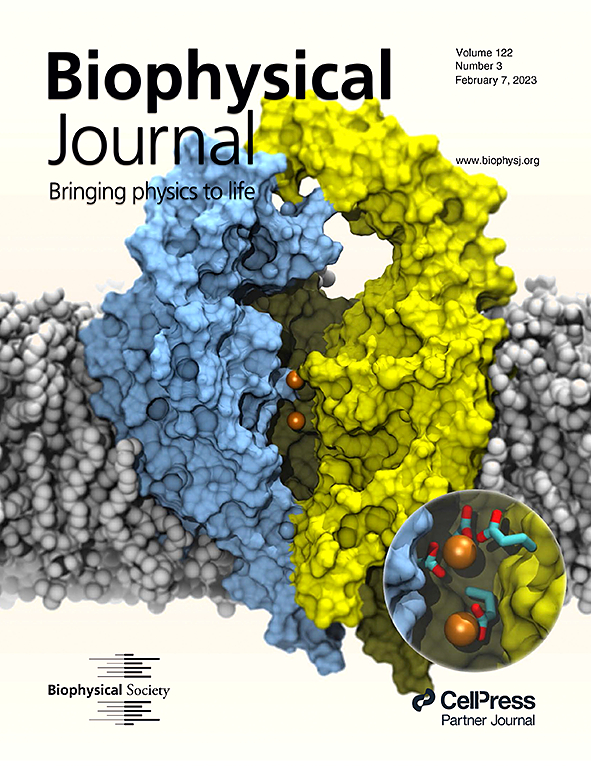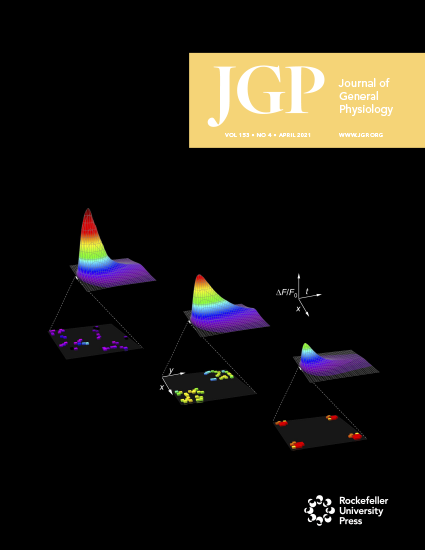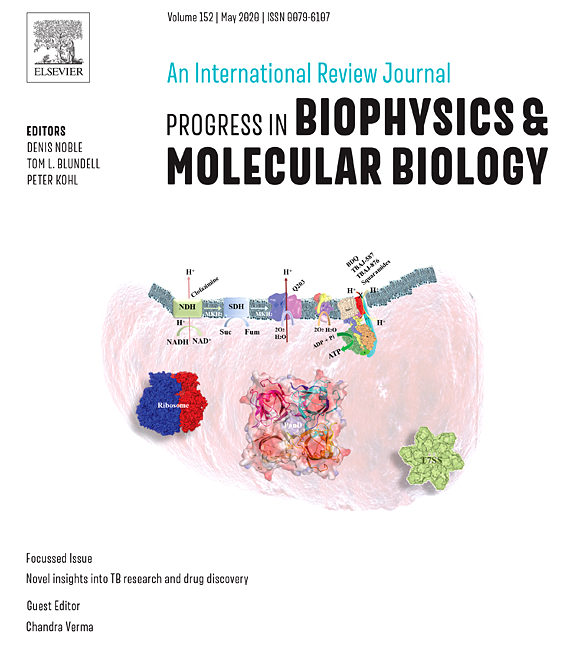JRP/2019/836/RyRinHeart
RyRinHeart – Discovery of Ryanodine Receptor Inhibitors for Heart Diseases
Principal Investigator: Alexandra ZahradníkováDuration: January 2020 – December 2022
|
Annotation:Cardiac ryanodine receptors (RyR2) control the pumping function of the heart by regulating calcium release required for cardiac myocyte contraction. Many heart diseases are accompanied by disorders of calcium release. These disorders could be suppressed by drugs that prevent unwanted RyR2 activity. The aim of this project is to develop specific inhibitors, adapted to the structure of cardiac RyR2, with the potential to treat calcium handling disorders in heart disease. |
Keywords:ryanodíne receptor, cardiac myocyte, calcium signalling, drug design and testing, molecular modelling, mathematical modelling, cardiac diseases |
Objectives:The overall aim of the project is to design a RyR2 inhibitor potentially suitable for prevention of arrhythmias in diseased heart. To achieve this goal we formulated the following specific objectives:
|
Publications: |
 |
Baglaeva I, Iaparov B, Zahradnik I, Zahradnikova A (2023). Analysis of noisy transient signals based on Gaussian process regression. Biophys J 122: 451–459. doi: 10.1016/j.bpj.2023.01.003. |
| Iaparov B, Baglaeva I, Zahradnik I, Zahradnikova A (2022). Magnesium ions moderate calcium-induced calcium release in cardiac calcium release sites by binding to ryanodine receptor activation and inhibition sites. Front Physiol 12: 805956. doi: 10.3389/fphys.2021.805956. | |
 |
Iaparov B, Zahradnik I, Moskvin AS, Zahradnikova A (2021): In silico simulations reveal that RYR distribution affects the dynamics of calcium release in cardiac myocytes. J Gen Physiol 153: e202012685 doi: 10.1085/jgp.202012685. |
 |
Iaparov B, Zahradnik I, Moskvin AS, Zahradnikova A (2020): Synergy of calcium release site determinants in control of calcium release events in cardiac myocytes. bioRXiv : doi: https://doi.org/10.1101/2020.08.26.260968. |
 |
Zahradnikova A, Iaparov B, Zahradnik I (2020): The problem of accuracy in single-channel open probability measurements. Prog Biophys Mol Biol 157: 94-106 doi: 10.1016/j.pbiomolbio.2020.05.002. |

 contact
contact
